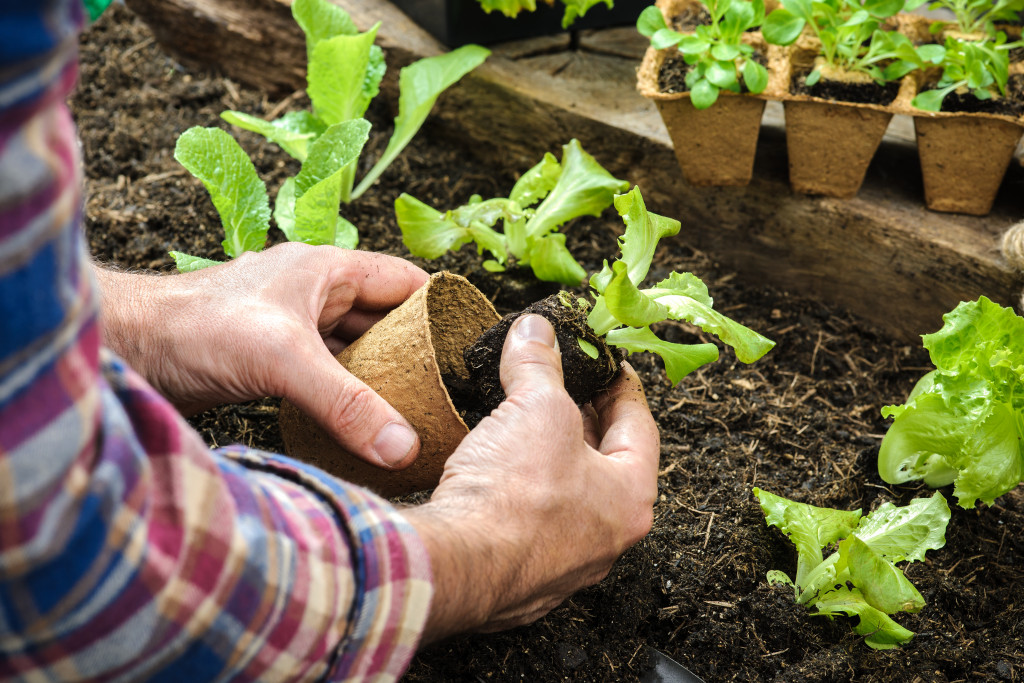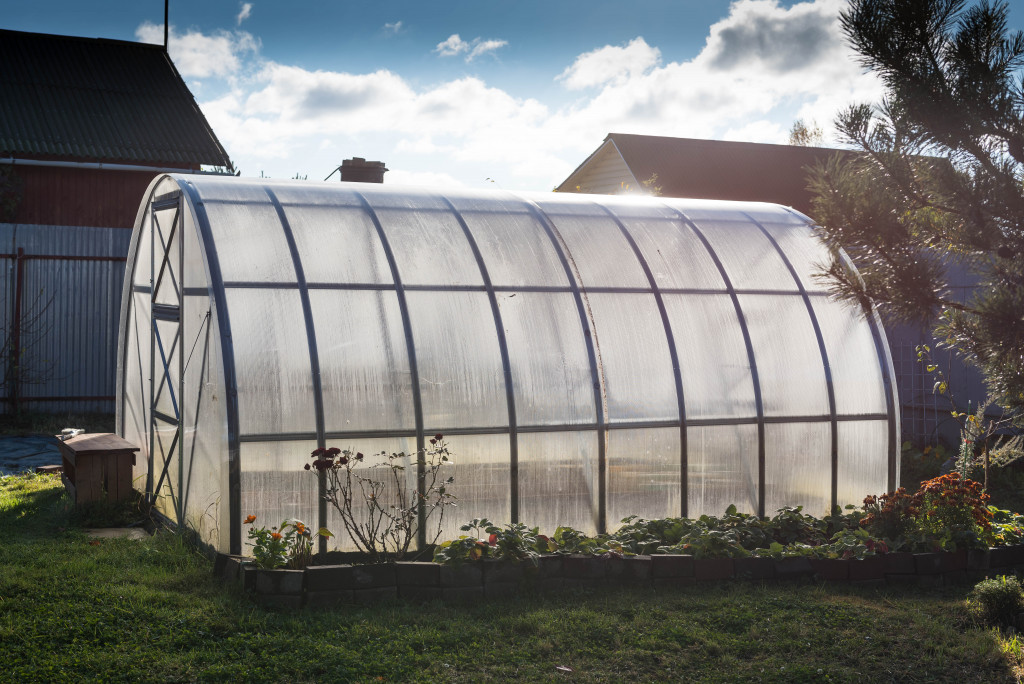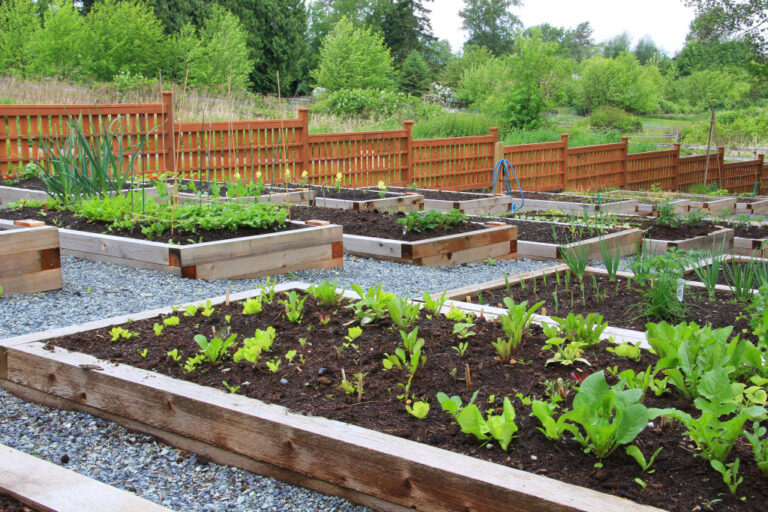- You need to choose the right location which is exposed to the sun and well-drained.
- Prepare the soil by testing the pH level, removing weeds and debris, adding nutrients, and tilling it.
- You need to select plants that are suited to your climate, season, and soil type.
- Water plants regularly and fertilize as needed. You can also use mulch to help retain moisture.
- Investing in a greenhouse will help extend the gardening season and protect plants from harsh conditions.
Have you ever dreamed about having your own vegetable garden? While it may initially seem intimidating, growing your produce is not as complicated as it looks. With patience and dedication, anyone can harvest fresh vegetables and fruits. If you’re ready to try gardening, here are tips to help you.
Choose the right location.
When choosing a spot for your garden, ensure it is exposed to the sun for most of the day. Most vegetables require at least six hours of sunlight daily, and some, such as tomatoes and peppers, need even more. Additionally, you should choose a well-drained location, as sitting water can harm your plants’ roots.
Prepare the soil.
Before planting, it is essential to prepare the soil. Having good-quality soil will ensure that your plants have the nutrition they need to grow healthy and strong. Here are the four steps you need to take to ensure optimal soil conditions:
Test your soil’s pH level.
Test your soil’s pH level is essential, as plants need certain pH levels to grow properly. You can test the soil yourself using a soil testing kit from your local garden store or have it tested by a professional laboratory for more accurate results.
Remove weeds and debris.
Weeds can compete with your plants for nutrients, so it is essential to remove them before planting. You can do this by either manually pulling weeds or using a weed killer. Additionally, you should make sure that any debris, like branches and twigs, is cleared away from the area.
Add nutrients.
If the results indicate that your soil is lacking in one or more essential nutrients, you should add them before planting. Adding organic matter such as compost and manure is the best way to ensure that your soil has all the essential nutrients it needs.
Till the soil.
Tilling or turning the soil is essential for aerating it and promoting healthy root growth. If your soil is compacted, you can use a hand tiller to break up clumps and create loose, well-aerated soil.
By taking the proper steps to prepare your soil for planting, you can ensure that your plants have the best start possible.
Choose the right plants.

When selecting what to plant, consider your climate, season, and the type of soil you have. Some vegetables, such as kale and spinach, do well in cooler temperatures, while others, such as tomatoes and peppers, thrive in warmer weather. Additionally, some plants, like beans and peas, benefit from being planted in soil enriched with nitrogen-fixing bacteria.
Maintain proper watering and fertilization.
It is essential to water your plants regularly and fertilize them as needed. Plants generally need about one inch of water per week, either from rainfall or irrigation. To help retain moisture, consider mulching around your plants with straw or wood chips.
Additionally, most vegetables benefit from being fertilized a few times during the growing season. You can purchase commercial fertilizers or make your own using compost, bone meal, or other organic materials.
Keep pests and diseases in check.
Pests and diseases can quickly ruin a garden, so it is essential to keep them under control. One of the best ways to avoid problems is to practice good sanitation, such as removing any diseased leaves or fruits and rotating crops to prevent the buildup of pests and diseases in the soil. Additionally, you can use natural pest control methods such as planting herbs or flowers that repel pests or introducing beneficial insects such as ladybugs or lacewings.
Invest in a greenhouse.

A greenhouse is an excellent way to extend the gardening season and protect plants from harsh weather or other environmental conditions. Greenhouses come in a variety of sizes and styles. You can even get a stylish and modern gothic arch greenhouse.
The construction of these structures not only adds ornamentation to the area but also increases air volume and enhances the microclimate both inside and outside. This benefits your produce by increasing humidity, which helps create a more hospitable environment for plants.
Growing your own produce can be a rewarding and enjoyable experience. With the right location, soil preparation, plant selection, maintenance practices, and greenhouse construction, you will soon harvest fresh fruits and vegetables! Gardening is not only an art but also a science requiring patience and dedication for it to succeed – so get out there and start growing!




